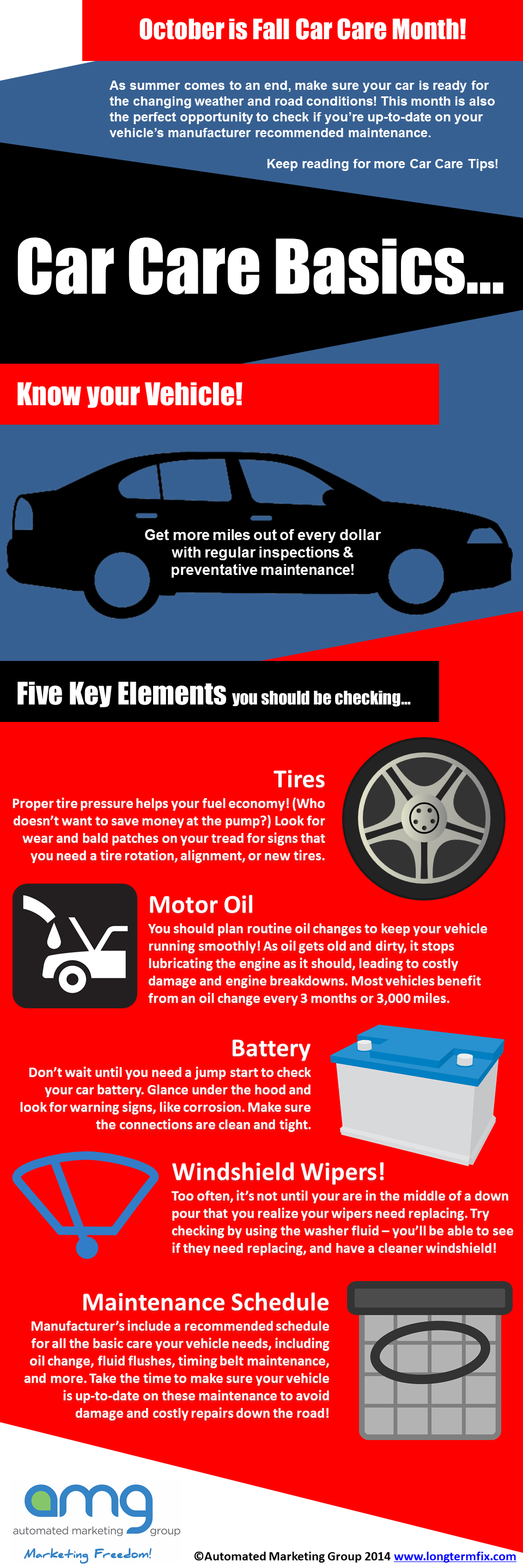Translating Your Lorry'S Warning Indicators: What They Absolutely Signify
Translating Your Lorry'S Warning Indicators: What They Absolutely Signify
Blog Article
Created By-Lauritsen Forbes
When you're behind the wheel, those radiant warning lights on your control panel can be a little bit difficult. Do you understand what they're attempting to tell you concerning your car's health and wellness? Understanding the relevance of these lights is important for your safety and security and the longevity of your automobile. So, the next time among those lights turns up, would not you want to analyze its message precisely and take the essential actions to resolve it?
Common Caution Lights and Interpretations
Identify typical warning lights in your auto and understand their definitions to ensure secure driving.
One of the most common warning lights consist of the check engine light, which signifies concerns with the engine or emissions system. If this light comes on, it's vital to have your lorry checked quickly.
The oil pressure alerting light suggests low oil pressure, needing instant focus to prevent engine damage.
A blinking battery light might suggest a damaged charging system, potentially leaving you stranded otherwise resolved.
The tire pressure tracking system (TPMS) light signals you to reduced tire stress, impacting automobile stability and fuel performance. Disregarding this might result in unsafe driving conditions.
The abdominal muscle light shows a trouble with the anti-lock braking system, compromising your capability to quit rapidly in emergency situations.
Last but not least, the coolant temperature level warning light warns of engine overheating, which can lead to serious damages otherwise solved swiftly.
Recognizing these typical warning lights will help you attend to problems without delay and preserve safe driving problems.
Value of Prompt Focus
Recognizing the common caution lights in your automobile is just the initial step; the relevance of promptly addressing these warnings can't be emphasized sufficient to guarantee your security when traveling.
When a caution light brightens on your dashboard, it's your vehicle's method of communicating a potential concern that needs attention. Neglecting https://www.globenewswire.com/news-release/2022/07/06/2474806/0/en/Automotive-After-Market-Segmented-By-Vehicle-Type-By-Replacement-Part-And-Region-Global-Analysis-of-Market-Size-Share-Trends-For-2019-2020-And-Forecasts-To-2031.html can result in much more extreme issues later on, compromising your security and potentially costing you a lot more in repairs.
Trigger attention to cautioning lights can stop break downs and accidents. For instance, a blinking check engine light might indicate a misfire that, if left unattended, can cause damage to the catalytic converter. Addressing this promptly can conserve you from a pricey repair work.
Likewise, a brake system warning light may signify low brake fluid or worn brake pads, vital parts for your safety and security when driving.
DIY Troubleshooting Tips
If you see a warning light on your control panel, there are a few DIY troubleshooting suggestions you can try before looking for professional help.
The first step is to consult your auto's manual to understand what the particular warning light shows. In some cases the issue can be as simple as a loosened gas cap causing the check engine light. Tightening https://ecu-tuning-for-beginners27395.frewwebs.com/32688444/exactly-how-mobile-automobile-detailing-providers-can-conserve-you-time-and-money might solve the problem.
car detailing botany is a low battery, which can set off numerous cautioning lights. Examining the battery connections for corrosion and ensuring they're secure could deal with the trouble.
If a warning light lingers, you can try resetting it by disconnecting the automobile's battery for a few mins and after that reconnecting it. In addition, checking your automobile's fluid levels, such as oil, coolant, and brake fluid, can assist repair advising lights associated with these systems.
Conclusion
In conclusion, recognizing your automobile's warning lights is necessary for keeping your lorry running efficiently and securely. By quickly dealing with these alerts and knowing what they mean, you can avoid costly fixings and prospective malfunctions.
Remember to consult your cars and truck's guidebook for certain details on each cautioning light and take action accordingly to make sure a trouble-free driving experience.
Stay educated, stay risk-free on the road!
